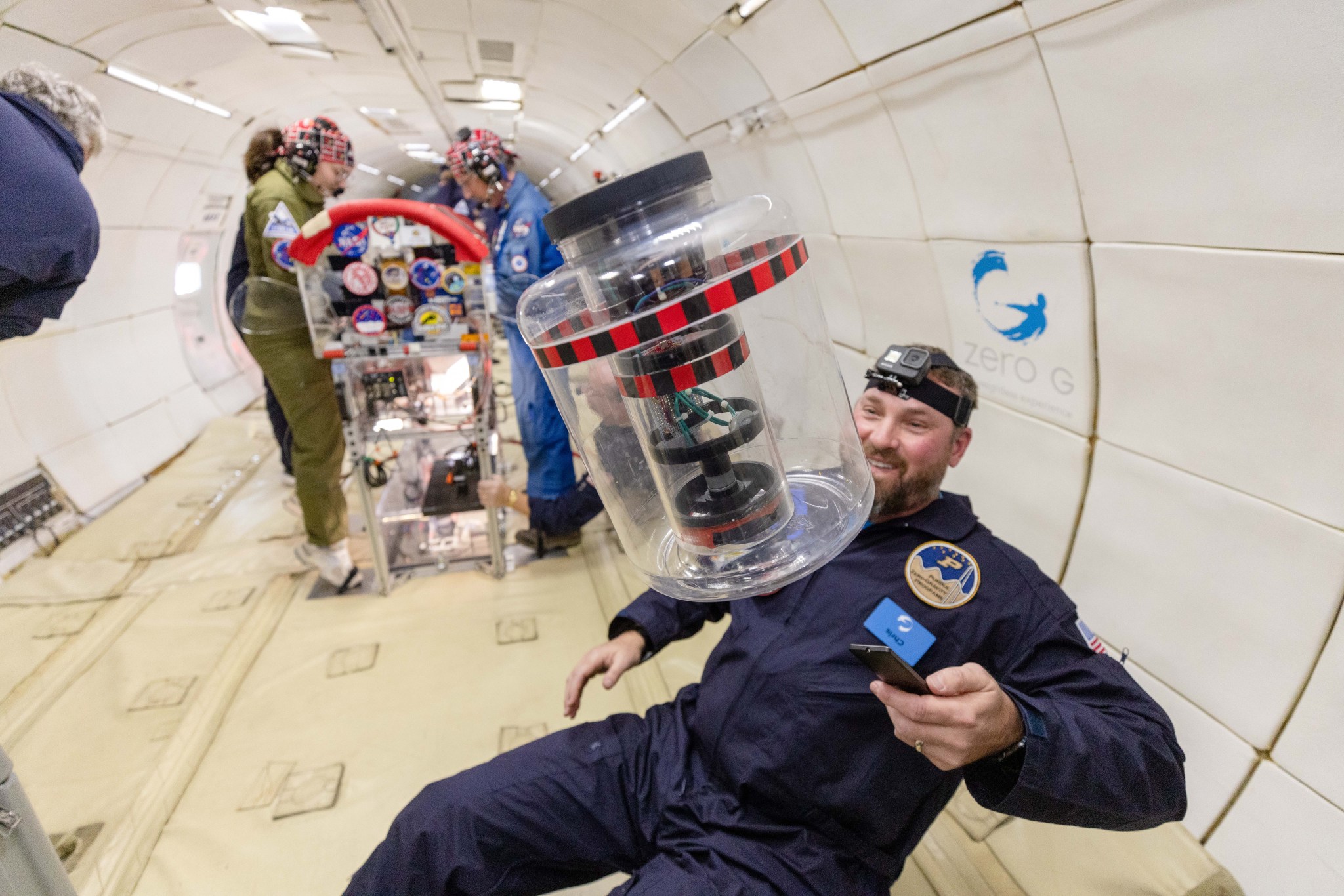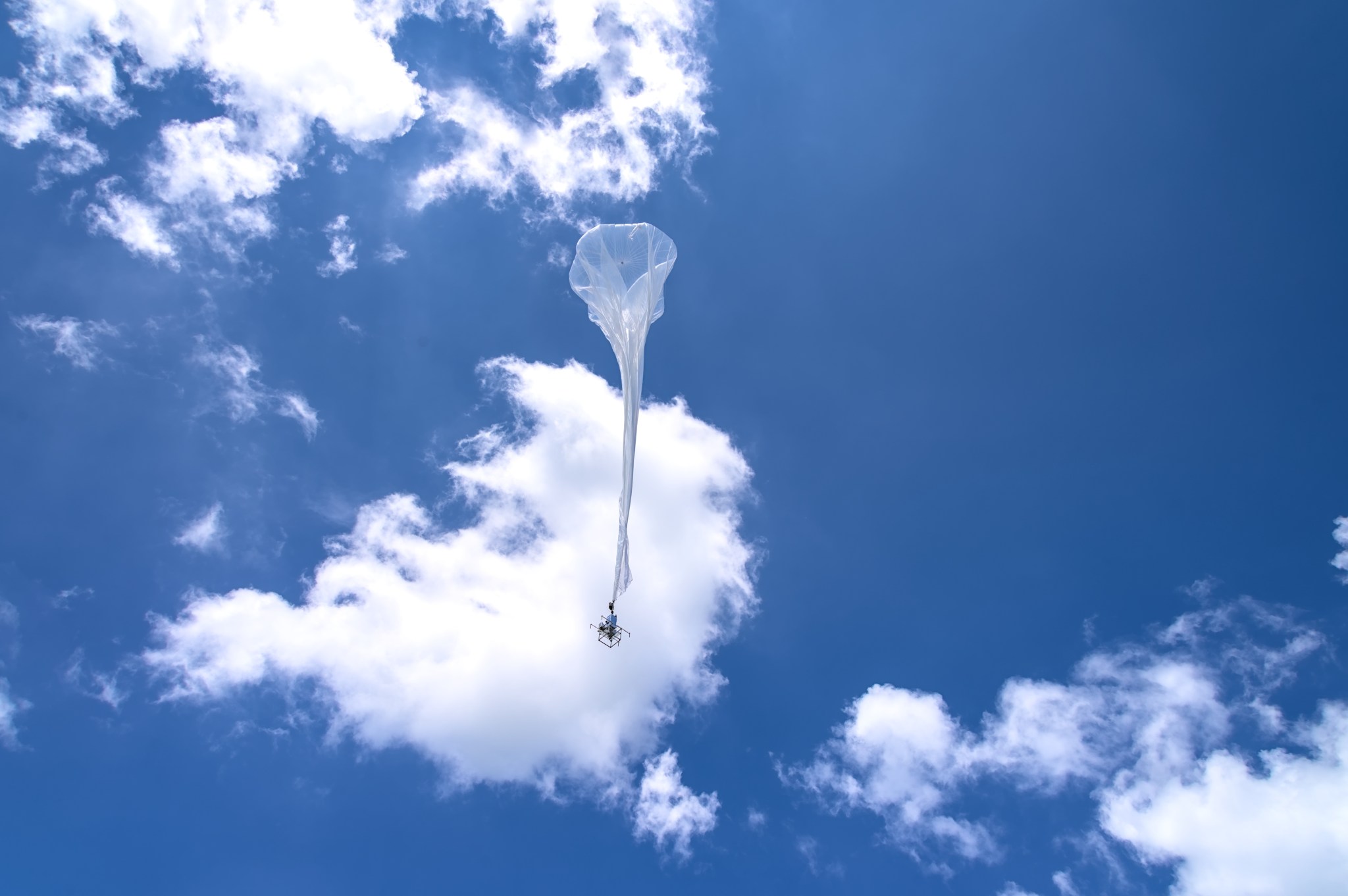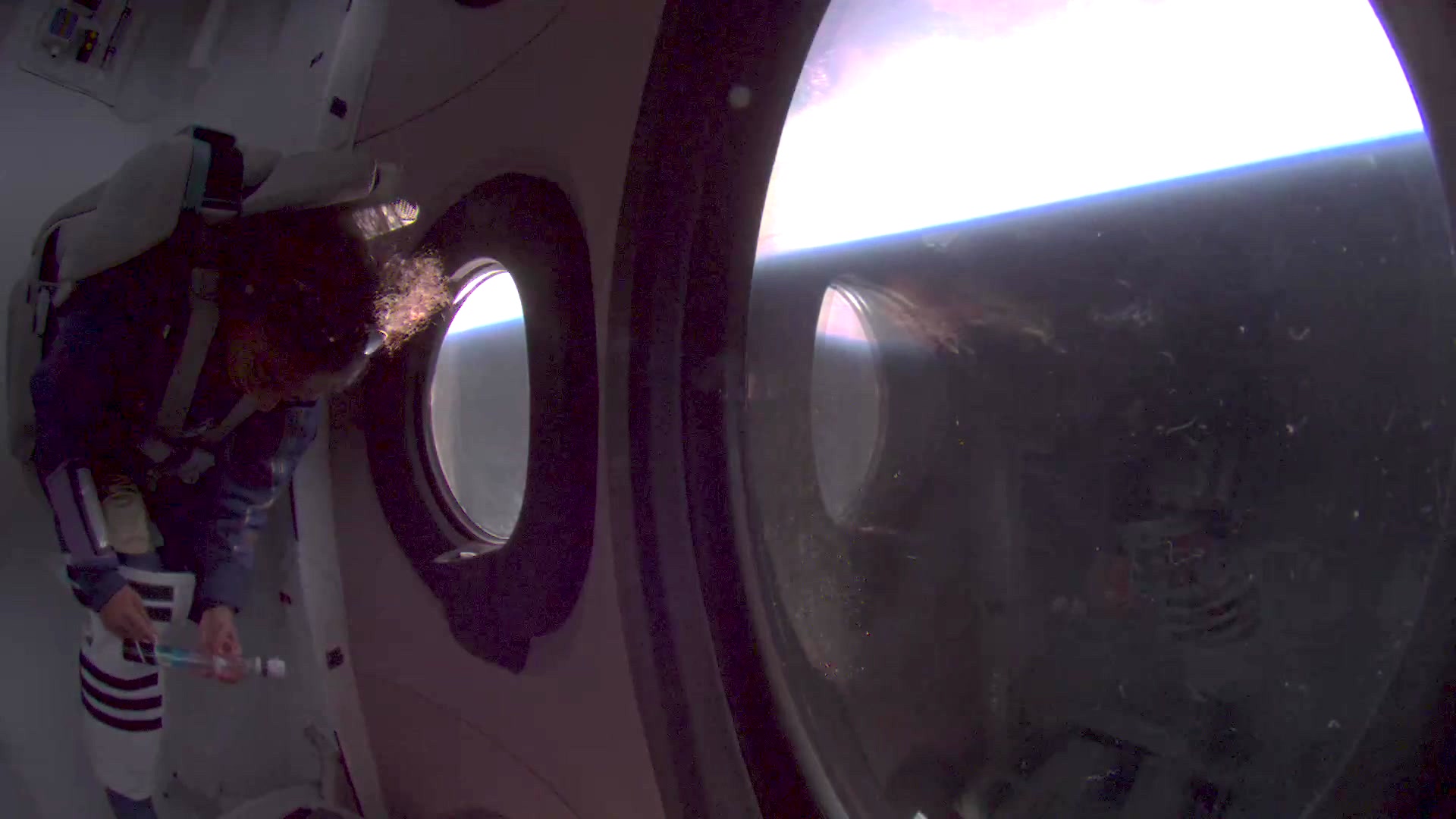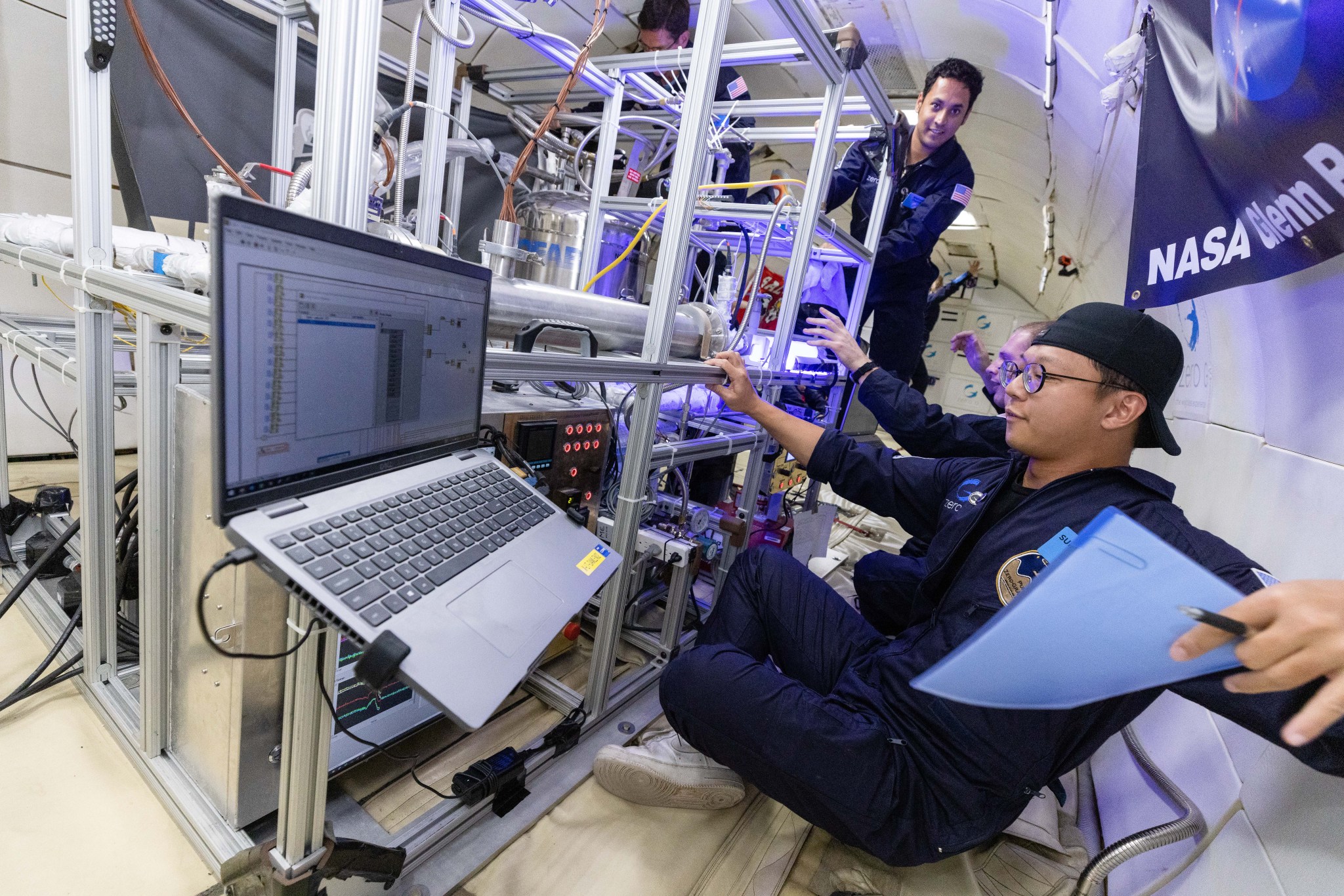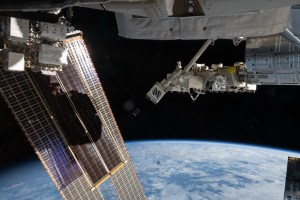NASA’s 2023 TechFlights solicitation is now open! Through TechFlights, researchers from U.S.-based industry, academia, and private research institutions can test technologies on commercial suborbital vehicles or orbital platforms that can host payloads. This bolsters development of technologies that align with U.S. space exploration priorities and supports the expanding space economy.
Managed by NASA’s Flight Opportunities program, TechFlights awardees receive a grant or cooperative agreement of up to $1 million, allowing them to purchase flights directly from any eligible U.S. commercial flight provider that best suits their test needs. Eligible flight platforms include suborbital rocket-powered systems, rocket-powered lander vehicles, high-altitude balloons, and aircraft following parabolic profiles. Orbital platforms hosting payloads are also included, in cooperation with NASA’s Small Spacecraft Technology program.
Technology Topics
NASA is seeking proposals to address specific agency goals involving lunar, low-Earth orbit (LEO), and geosynchronous-Earth orbit (GEO) activities:
Topic 1: Advancing the Lunar and LEO to GEO Economies
Demonstration of capabilities that support global lunar utilization, a robust lunar economy, and/or a growing LEO/GEO economy through future commercial commodities and services
Topic 2: Supporting Commercially Enabled Rapid Space Science
Technologies that can support NASA’s Commercially Enabled Rapid Space Science (CERISS) initiative, which aims to develop transformative research capabilities with the commercial space industry to increase the pace of research
Topic 1 addresses a range of needs that align with the Space Technology Mission Directorate’s (STMD) strategic technology framework, including but not limited to in-situ resource utilization (ISRU) capabilities; entry, descent, and landing technologies; and advanced manufacturing.
A collaborator on Topic 2, CERISS is part of NASA’s Biological and Physical Sciences (BPS) Division in the Science Mission Directorate (SMD). The project aims to advance biological and physical research capabilities with the commercial space industry, including sample preparation and analysis technologies for use in microgravity. CERISS’s long-term goals include conducting scientist astronaut missions on the International Space Station and at commercial LEO destinations as well as developing automated hardware for experiments beyond LEO, such as on the lunar surface.
Further details and examples of technologies that address these topics can be found in the full solicitation. Resources for proposers can be found here on the Flight Opportunities site.
New in the 2023 Solicitation
This year, Flight Opportunities will prioritize the impact of the proposed flight test relative to the amount of funding requested and expected post-flight outcomes. TechFlights evaluation criteria will also emphasize decreasing the amount of time between award and flight testing, with a goal of accelerating the pace of technology development.
Key Dates
- Live Q&A: May 10 at 2 p.m. EDT (replay and slides will be available for those unable to attend). Visit the solicitation page for information about how to attend this session.
- Mandatory Preliminary Proposals due: 5 p.m. EDT on June 7, 2023
- Full proposals (by invitation only) due: 5 p.m. EDT on October 4, 2023
About Flight Opportunities, Small Spacecraft Technology, and CERISS
The Flight Opportunities program, part of STMD, is managed at NASA’s Armstrong Flight Research Center in Edwards, California. NASA’s Ames Research Center in California’s Silicon Valley manages the TechFlights solicitation and evaluation of technologies to be tested and demonstrated on commercial flights. Flight Opportunities rapidly demonstrates promising technologies for space exploration, discovery, and the expansion of space commerce through suborbital testing with industry flight providers.
The Small Spacecraft Technology program, also part of STMD, is managed at NASA Ames. The program expands the agency’s ability to execute unique missions through rapid development and demonstration of capabilities for small spacecraft applicable to exploration, science, and the commercial space sector.
CERISS is administered by SMD’s Biological and Physical Sciences division, which uses the spaceflight environment to study phenomena in ways that cannot be done on Earth.
Chloe Tuck
NASA’s Armstrong Flight Research Center



























